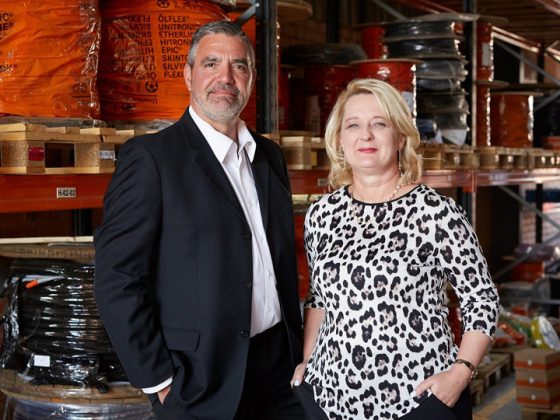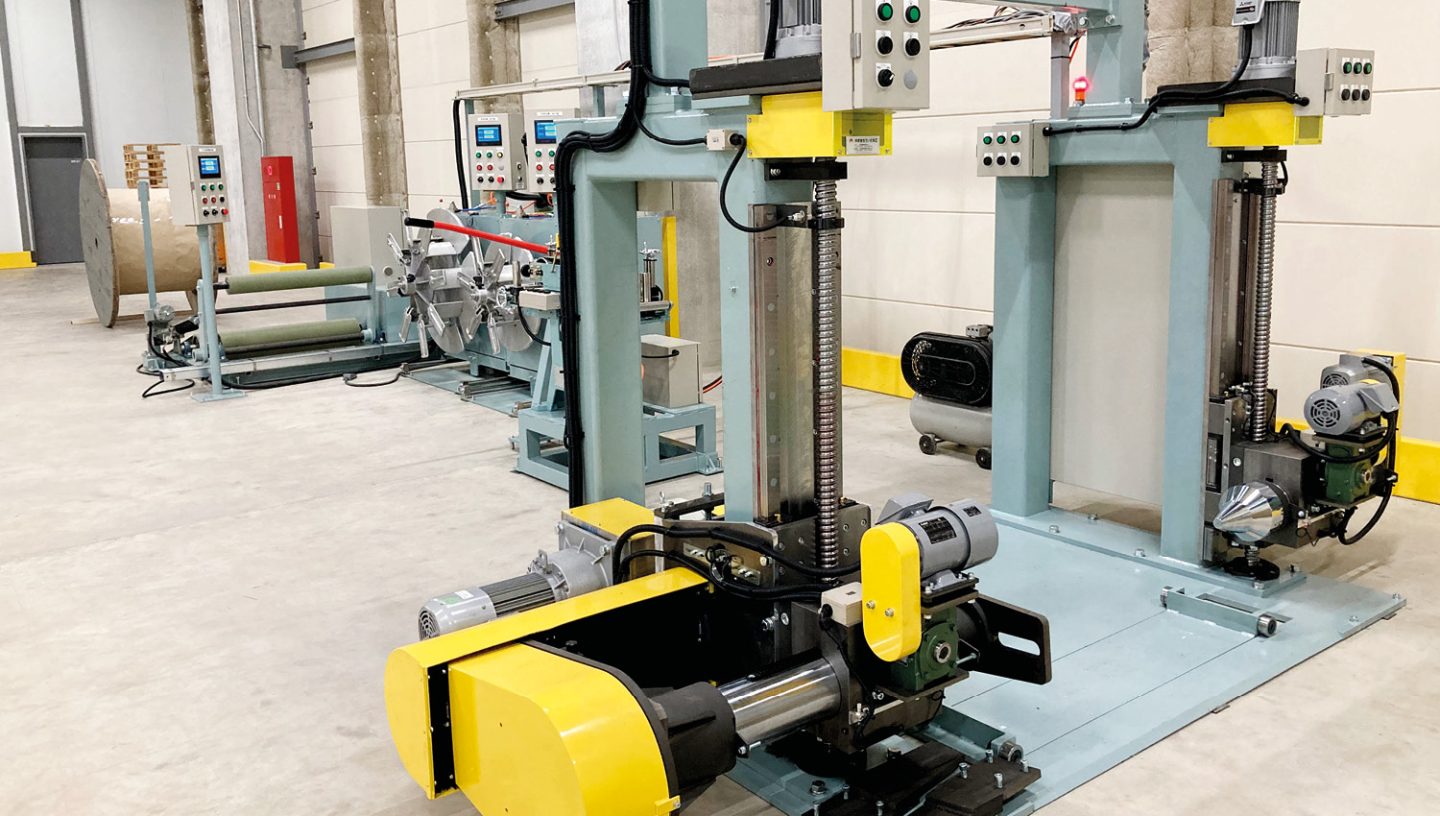
Robots, machine tools, equipment for the semiconductor or food industry are in high demand worldwide. This requires lots of cables and connectors! Japan is the third largest economy in the world. For LAPP it is therefore a matter of course to be involved in this lucrative market. The world market leader for integrated cable and connection systems has been represented in the Land of the Rising Sun for decades – since 2015 even with its own national company: LAPP Japan.
Skilled workers are in short supply
However, LAPP’s market share is currently still small. European companies that want to gain a foothold in Japan know the reasons only too well. For one thing, many businesses here are based on trust. This must first be built up through long-standing personal relationships. Secondly, many Japanese do not speak English well and therefore opt for a domestic employer from the outset. “Normal people don’t come to LAPP,” smiles Yoshitaka Nishiyama, “because they don’t know us and big Japanese companies are more popular.” But the managing director of LAPP Japan doesn’t see this as a disadvantage: “Instead, we attract people who are particularly motivated to build something new.”
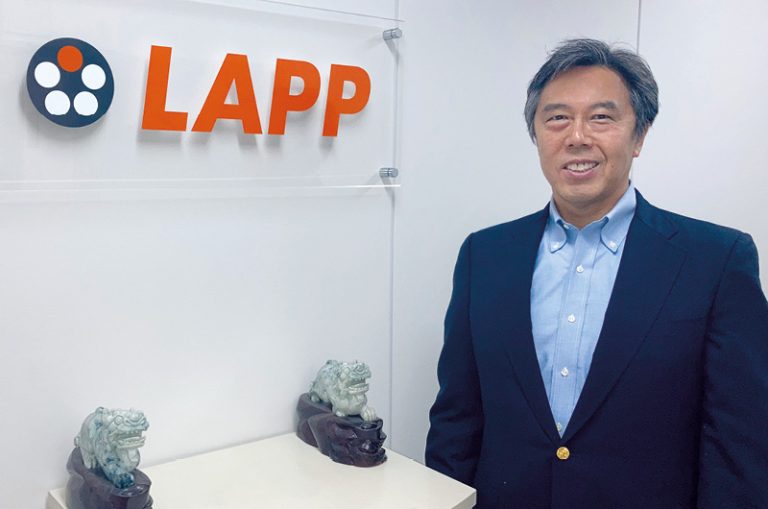
Another obstacle, however, is the fact that Japan is struggling with an ageing population and a shortage of skilled workers like no other country. The biggest of these challenges, however, is recruitment. This is noticeable, for example, when trying to set up a warehouse to supply customers faster and more cheaply. Employees with experience in warehousing and distribution are hard to find. Therefore, it was out of the question for Nishiyama to operate a warehouse completely on its own. Instead, they decided to outsource the warehouse to their partner 3PL. According to Nishiyama, the sales specialists there are competent and highly committed, which is why they decided to place LAPP’s warehouse in the care of this partner.
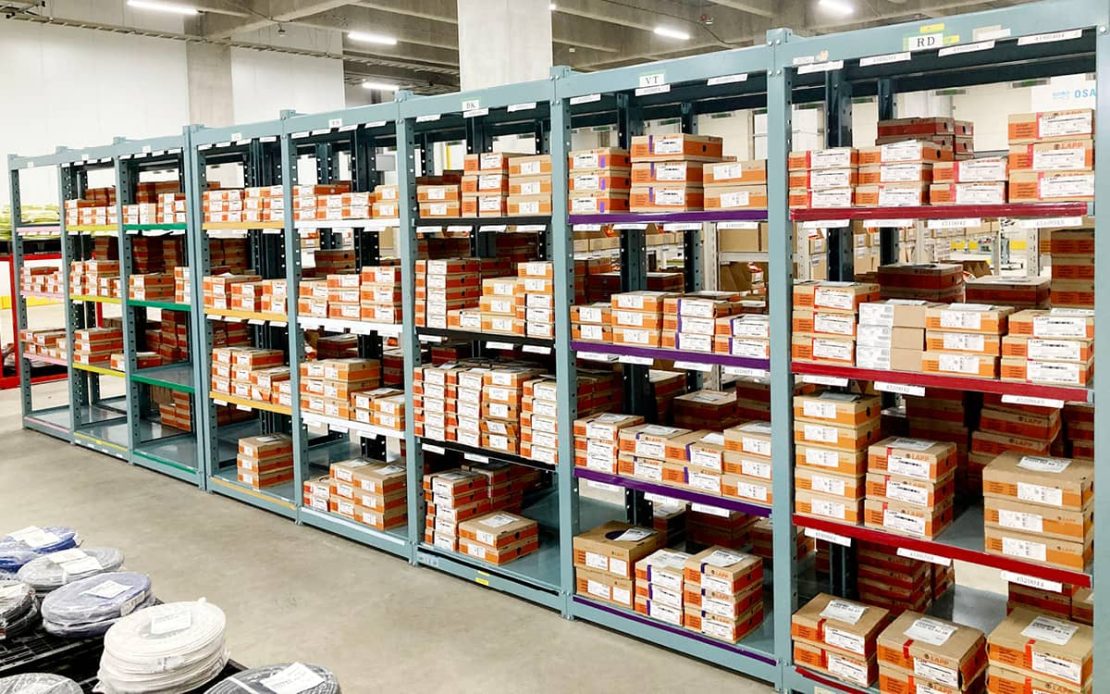
Transport costs are a sticking point
The fact that LAPP has not been able to significantly increase its market share in Japan since 2015 has mainly to do with the costs. For example, orders from Japanese customers used to be flown in by plane from LAPP’s warehouse in Singapore. The costs for airfreight increase the purchase price by at least 400 percent. Not surprising, then, that LAPP products have a reputation in Japan for being very expensive. However, with their own warehouse that 3PL operates for LAPP, the cards are now reshuffled, because the most frequently ordered products are now permanently in stock in Japan. For one thing, this means that shipping by ship from Singapore is quite sufficient. The transport costs only 43 euros for an ÖLFLEX® drum and makes LAPP suddenly competitive with local suppliers. On the other hand, the local warehouse also means that LAPP can guarantee short delivery times, because orders can be delivered to the customer within 24 hours. This has been common practice for a long time, not only in Europe – especially in Japan, customers attach great importance to fast, punctual and complete deliveries.
But a full warehouse is only half the battle. Good organisation is just as important. Here, LAPP Japan relies on “Hoshin Kanri” – a planning method from lean management. It clearly defines goals and regularly checks them with key figures. The method originated in Japan, but is now used worldwide at LAPP. Thanks to it, for example, stocks and throughput times in the warehouses in Ludwigsburg and Hanover were reduced by 20 per cent each.
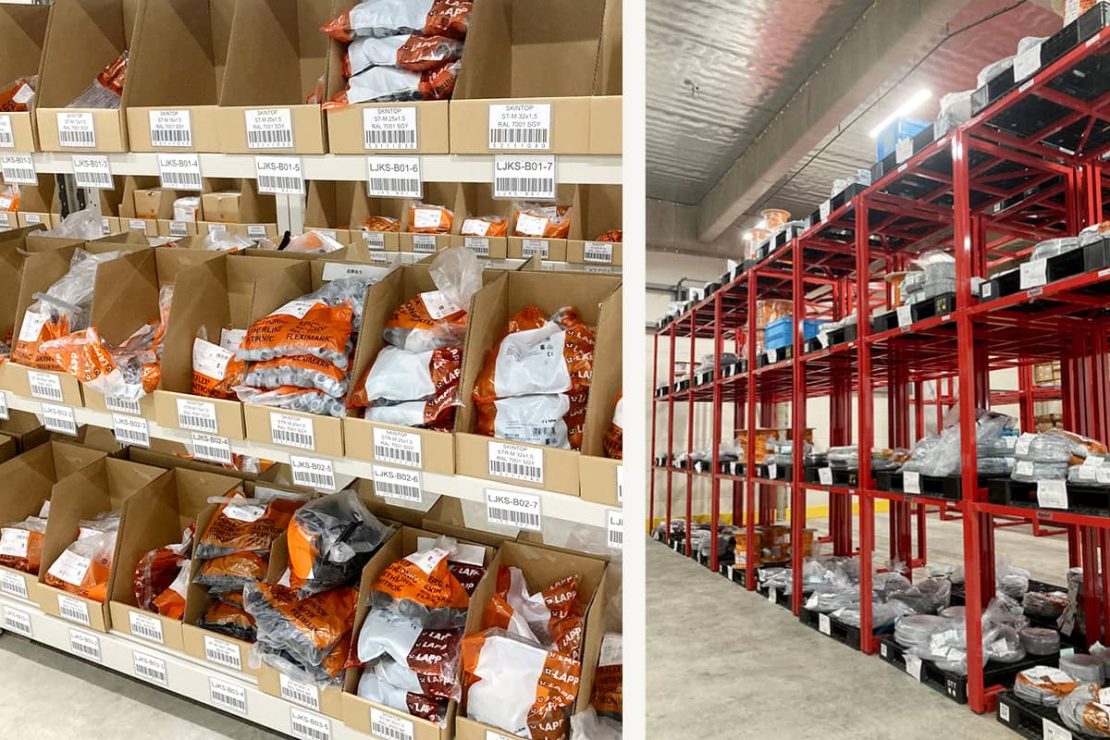
First touch, then order
Currently, the warehouse between Tokyo and Osaka has more than 1,500 items worth around eight million euros in stock. Single-core cables are often in demand, especially UL-certified types, because many customers export their machines to North America. “Many customers want to touch a cable before they order it,” Nishiyama notes in this regard. The warehouse now allows this, too, because new customers can easily be sent samples of the products. New services also include cutting the cables to size. Customers can even order lengths as short as one metre, as well as individual accessories. In addition, there is now a hotline staffed by engineers who can answer even tricky technical questions – in Japanese, of course, because hotlines with English-speaking staff are not accepted by Japanese customers.
With the local warehouse, lower prices and the new services, Yoshitaka Nishiyama believes LAPP is now well positioned in Japan. The goal is clear: “We want to grow faster and significantly increase our market share. In future, when customers select cables, they should naturally think of LAPP first.”

